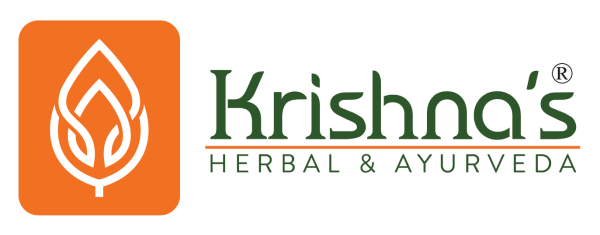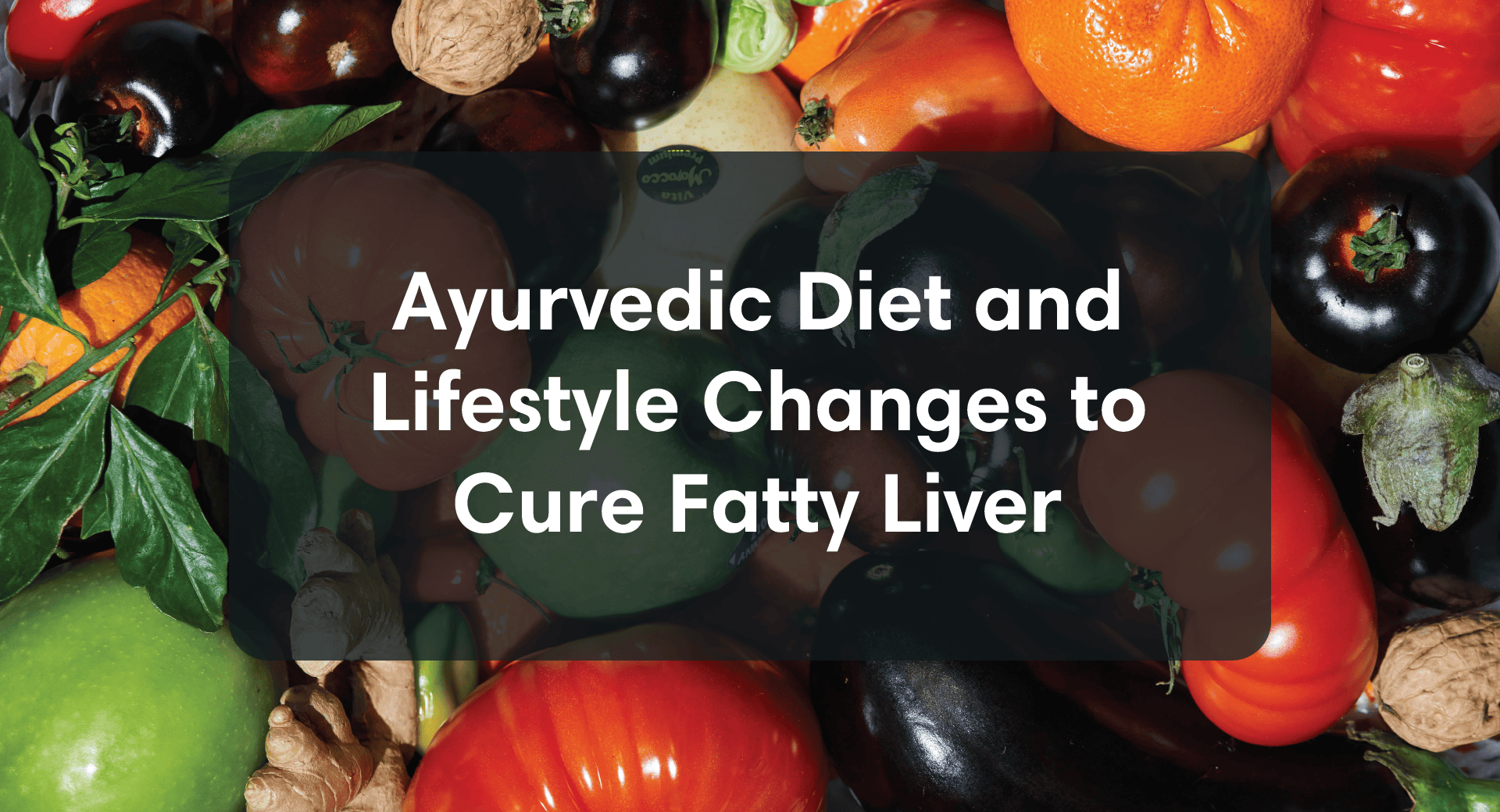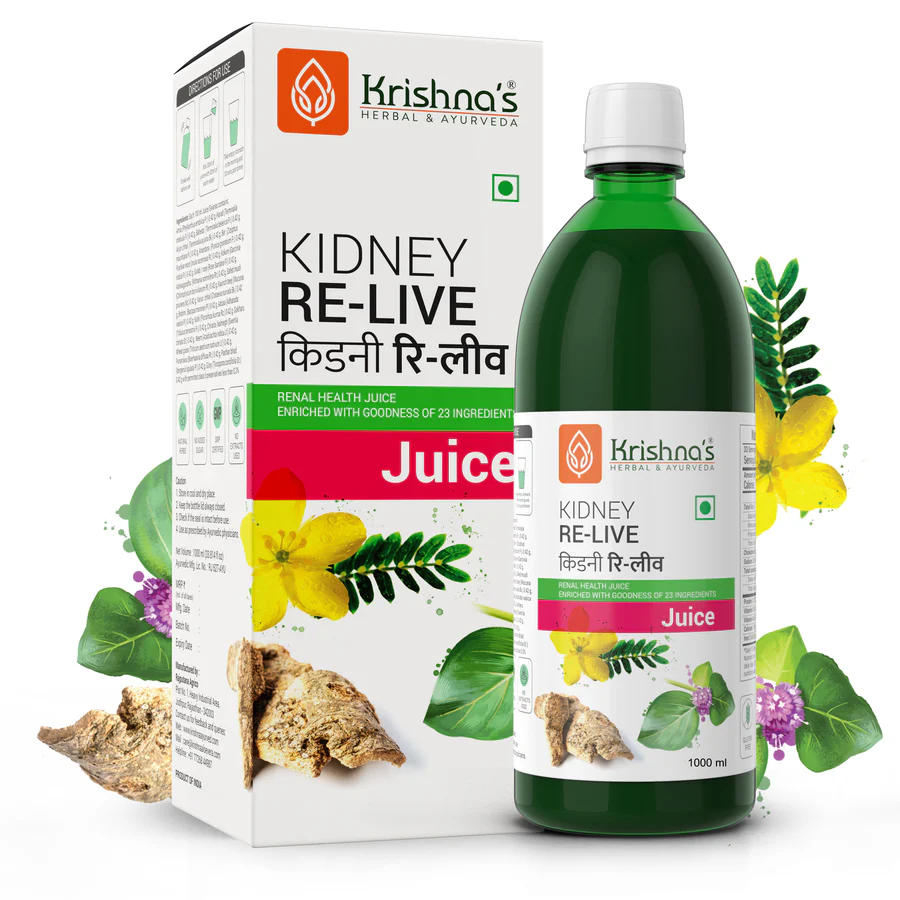You feel severe, sharp pain in your side below the ribs, like someone twisting a knife in your back while simultaneously punching you in the gut.
Such intense, sometimes unbearable pain is a classic sign of kidney stones.
Kidney stones—though a common condition, many struggle to identify whether they are dealing with a kidney stone or something else. This blog covers it all. Here, you’ll learn what kidney stones are, how they are formed, and discover the keys to preventing them.
“Diagnosed with kidney stones? Use Krishna’s Patharchatadi Swaras, a potent ayurvedic formula that is specially made to facilitate the natural breakdown of kidney stones and their easy removal through the urinary system.”
What Are Kidney Stones?
Kidney stones or renal calculi are solid, often irregularly shaped crystals or masses made from minerals and other substances. They can develop in any part of your urinary tract, which consists of the kidneys, ureters, bladder, and urethra. Their size can vary from that of a small grain of sand to as large as a golf ball.
Stones form in the kidney when your urine becomes concentrated with too much waste. This allows minerals to crystallize and stick together to form a mass that keeps increasing in size unless it is passed out of your body with the urine.
But, when a kidney stone moves through the urinary tract, it causes pain and other symptoms. There is a common misconception that pain occurs due to the presence of a kidney stone when, in fact, the pain comes when the stone moves around or gets stuck in the tract. When it becomes stuck, urine backs up into your kidney, which causes swelling. Because the kidney isn’t a stretchy organ, the swelling presses on the nerves on the surface of the kidney, causing the pain.
Not all kidney stones are composed of the same type of crystals. There are various types of kidney stones such as calcium oxalate, uric acid, struvite, and cystine.
Read in detail about : 5 Most Common Types of Kidney Stones & How to Avoid Them
What Causes Kidney Stones?
Your kidneys’ main job is to clean the blood and remove the waste and extra fluid from your body in the form of urine. When the amount of waste is too much (like calcium, oxalate, and uric acid) and there is too little liquid to dilute it, crystals start forming.
The risk factors that may increase your chances of developing kidney stones are:
- Having a family history of kidney stones
- Dehydration or drinking too little water
- Eating a diet that’s high in protein-rich foods, salt and sugar
- Excess weight or obesity
- Having a digestive disease and surgery
- Having medical conditions like hyperparathyroidism, and repeated urinary tract infections.
- Taking certain supplements like vitamin C and medications including diuretics, calcium-based antacids, and some antiseizure medications.
Kidney stones commonly affect people between the ages of 20 and 50, and they are more prevalent in men than women.
Kidney stones can vary widely in shape, size, and texture. The smallest stones can be as tiny as a poppy seed or even just crystals detectable only through a urine test, not visible to the naked eye. On the other end, they can grow large enough to fill the entire kidney, reaching sizes of over 4 or 5 centimetres, depending on the kidney’s size.
What Are The Symptoms of Kidney Stones?
The early sign that you might have a kidney stone is a pain in your lower back, belly or side (flank pain). But, it can be confused with other pain like back pain. Kidney stone pain doesn’t usually occur in the middle of the back near the spine or the lower back by the hip bones. It starts from the flank area, which is on either side of your middle back, between the pelvis and ribs. The pain is usually dull or can be sharp and severe. Sometimes there is extreme pain which is called colicky pain because it becomes worse in waves.
One thing to keep in mind is that kidney stones won’t usually cause any symptoms until they start moving within the kidney or pass into one of the ureters. Smaller stones may pass without causing any pain or symptoms but, when a larger stone moves around and gets stuck in the ureter (thin tube that carries urine from the kidney to the bladder), you may experience pain and other symptoms including:
- Nausea and vomiting
- Pink, red or brown urine
- Discolored or foul-smelling urine
- A persistent feeling of peeing
- Inability to pee or peeing small amounts of urine
- Fever and chills if there is any infection
What You Can Do To Prevent Your Risk of Kidney Stones?
What you eat and how well-hydrated you are greatly impact your risk for kidney stones. So, here are some do’s and don’ts that can help you prevent kidney stones.
Do:
- Stay well hydrated. When you drink enough fluids, your urine is less concentrated with waste products. To know if your water consumption is sufficient, check the colour of your urine. If it appears very light yellow to clear, then you are well hydrated; darker urine means it is concentrated.
Most of the fluids you consume should be water (around 10-12 glasses a day). Avoid sugary drinks or sodas, as they can increase the amount of waste in the urine. In hot climates, maintaining proper hydration is even more critical because reports say that stone disease increases by 30% in the summer months.
- Eat more fruits and vegetables. Citrus fruits like lemons, oranges and melons and vegetables like leafy greens make your urine less acidic. An acidic environment is favourable for stone formation and when the urine is less acidic, then stones may be less able to form.
- Include high-calcium foods in your diet. Contrary to popular belief, having calcium-rich food like milk, curd or cheese can actually help with kidney stone recurrence and also prevent calcium oxalate stone, which is the most common type of kidney stone.
- Take ayurvedic supplements. Medicines made from natural herbs like Kidney Relive Juice and Kidney Re-live Tablet enhance your kidney function by reducing waste like urea and creatinine.
- Be active to maintain a healthy normal. Obesity is one of the major causes of kidney stones. It is also strongly correlated with diabetes, which is another risk factor.
Don’t:
- Overconsume salt. Too much sodium leads to dehydration and also an increase in calcium in the urine. To reduce your risk, avoid adding extra salt to your food, limit fast food, and avoid canned or processed foods. Be sure to check food labels, even on common items like bread, which can be high in salt.
- Eat high amounts of animal-based protein. Animal protein like meat, poultry, and fish may raise your chances of forming uric acid as well as most types of kidney stones. Adequate protein is required for healthy well-being but it should be part of a balanced diet. Overloading on animal protein increases the excretion of oxalate, calcium, and uric acid in urine, and reduces the pH of urine. These changes markedly increase the risk of kidney stones.
Apart from these preventive measures, Krishna Ayurveda’s Kidney Relive Juice can be a helpful Ayurvedic remedy for managing kidney stones. It’s a powerful herbal formulation enriched with Pashanbhed, Pushkarmool & 21 other herbs that may flush out excess toxins from your body, helping prevent kidney stones. To know more about ayurvedic treatment for kidney stones consult our expert.












